In the vast tapestry of culinary traditions worldwide, few ingredients evoke as much curiosity and controversy as pupae—the intermediate stage in the life cycle of insects, particularly those belonging to the order Lepidoptera, which includes moths and butterflies. While many cultures have long incorporated insects into their diets, the practice of consuming pupae, often referred to as “grubs” or “larvae” in common parlance, remains relatively niche in Western gastronomy. However, as the global culinary scene continues to evolve and embrace novel ingredients, the art of preparing pupae is slowly gaining recognition for its unique flavor profile and nutritional benefits. This article delves into the various approaches to cooking pupae, highlighting their preparation methods, potential recipes, and the cultural significance they hold in certain societies.
The Cultural Context of Eating Pupae
The consumption of pupae is deeply embedded in the culinary heritage of several cultures, particularly in Asia, Africa, and Latin America. In regions like Thailand, Laos, and Cambodia, pupae from specific species of silkworms and palm weevils are highly valued for their nutritious qualities and distinct taste. These insects are often seen as a sustainable source of protein, rich in essential amino acids, fats, and minerals, making them an ideal food for both rural and urban populations alike.
In Mexico, the practice of eating “gusanos de maguey” (maguey worms) is a centuries-old tradition tied to the production of mezcal, a traditional agave-based spirit. These worms are found within the hearts of mature maguey plants and are considered a delicacy, often served grilled or as a topping for tacos. Similarly, in parts of Africa, termites and caterpillars are regularly consumed, reflecting a long-standing appreciation for insect-based foods.
Preparing Pupae: Techniques and Considerations
Before diving into specific recipes, it’s crucial to understand the basic steps involved in preparing pupae for consumption. Safety and hygiene are paramount, as improper handling can lead to food poisoning or allergic reactions. Here are some general guidelines:
-
Source and Identification: Ensure that the pupae you intend to consume come from a species known to be edible and safe. Identifying the correct species is vital, as some insects may carry toxins or parasites.
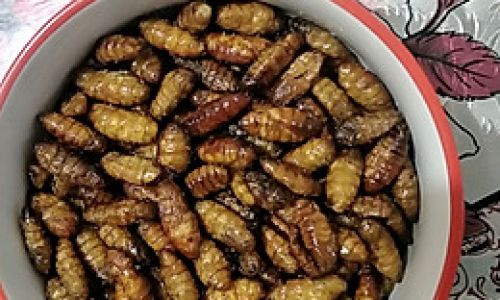
-
Cleaning: Thoroughly wash the pupae under running water to remove any dirt, debris, or residual plant material. This step is especially important if the pupae have been collected from natural environments.
-
Boiling or Blanching: To kill any potential bacteria or parasites, it’s advisable to boil or blanch the pupae for a few minutes. This also helps to soften their texture, making them more palatable.
-
Marinating: For added flavor, pupae can be marinated in a mixture of spices, herbs, and acidic ingredients like vinegar or lemon juice. This step not only enhances their taste but also acts as a preservative.
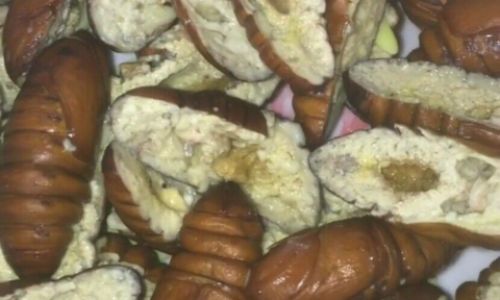
-
Cooking Methods: Pupae can be prepared in numerous ways, including grilling, frying, baking, or incorporating them into stews and soups. The cooking method chosen will largely depend on personal preference and the specific recipe being followed.
Recipes for Pupae
Grilled Pupae with Chili Sauce
For a simple yet flavorful dish, try grilling cleaned and marinated pupae until they are golden brown and slightly crispy. Serve them with a homemade chili sauce made from fresh chilies, garlic, lime juice, and a touch of honey for sweetness. This dish is perfect as an appetizer or a light meal paired with a refreshing salad.
Pupae and Vegetable Stir-Fry
For a more substantial meal, combine blanched pupae with a variety of vegetables such as bell peppers, onions, and broccoli in a stir-fry. Use a blend of soy sauce, sesame oil, and garlic for seasoning. This dish is not only visually appealing but also packed with nutrients, making it a great option for those looking for a balanced meal.
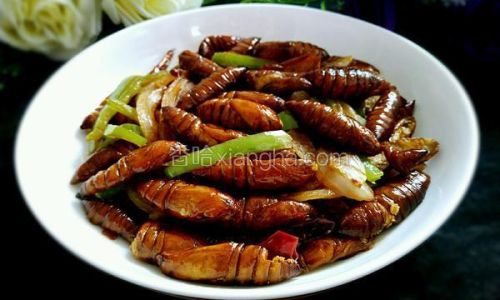
Pupae Tacos
Inspired by Mexican cuisine, pupae tacos offer a unique twist on traditional street food. Fill soft corn tortillas with grilled or fried pupae, topped with chopped cilantro, onions, avocado slices, and a squeeze of lime. For an extra kick, add a dollop of salsa or guacamole.
The Future of Insect Cuisine
As the global population continues to grow and resources become increasingly scarce, the potential of insect-based foods, including pupae, as a sustainable protein source cannot be overlooked. The United Nations has even promoted the “edible insects” movement, encouraging countries to explore this alternative food source. While the idea of consuming pupae may still evoke discomfort for some, the growing interest in novel culinary experiences and the need for sustainable eating habits are likely to drive further acceptance and innovation in this area.
In conclusion, the culinary art of preparing pupae is not just about taste and texture; it’s a journey through diverse cultures, traditions, and the ever-evolving landscape of global gastronomy. As we continue to explore and embrace new ingredients, pupae stand as a testament to the rich diversity of our food systems and the potential they hold for the future.
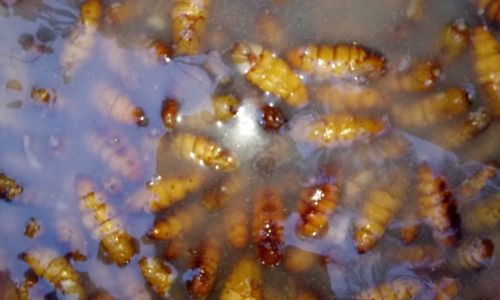

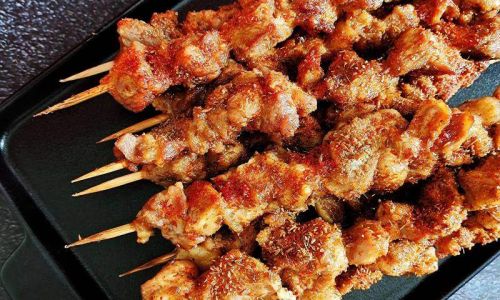
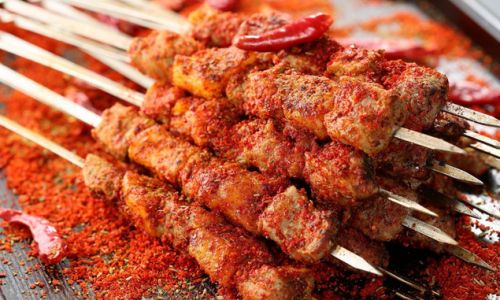
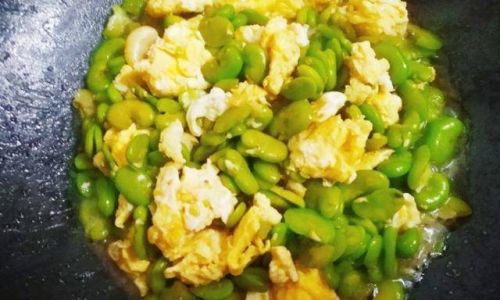
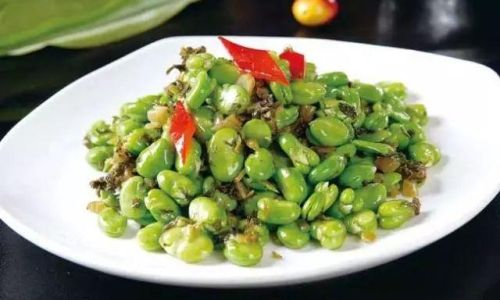
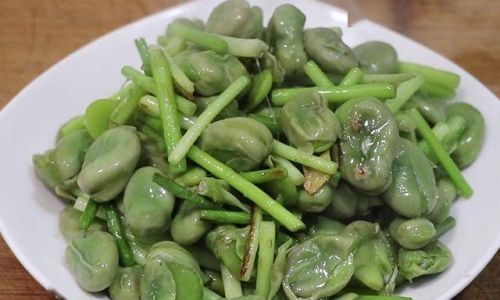
0 comments